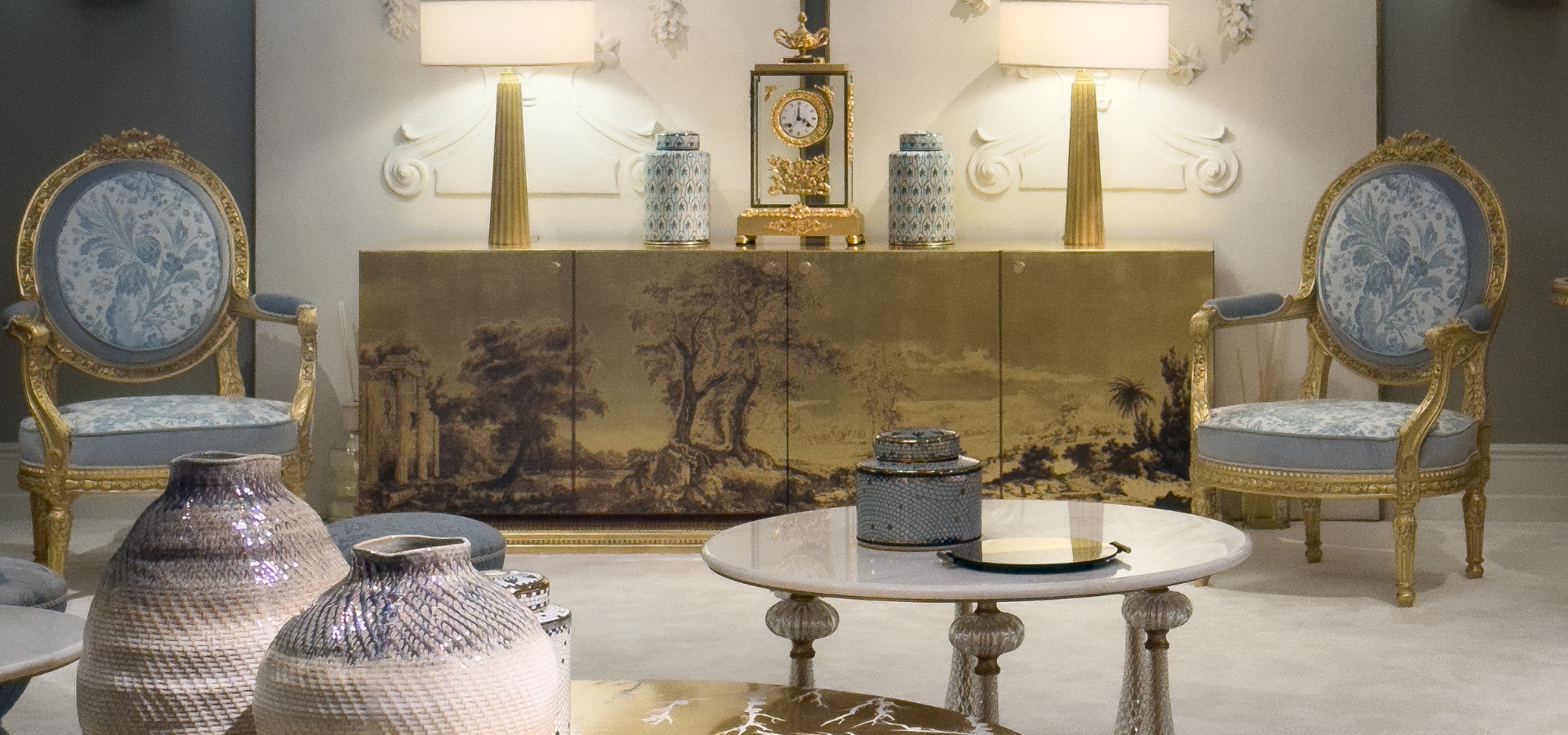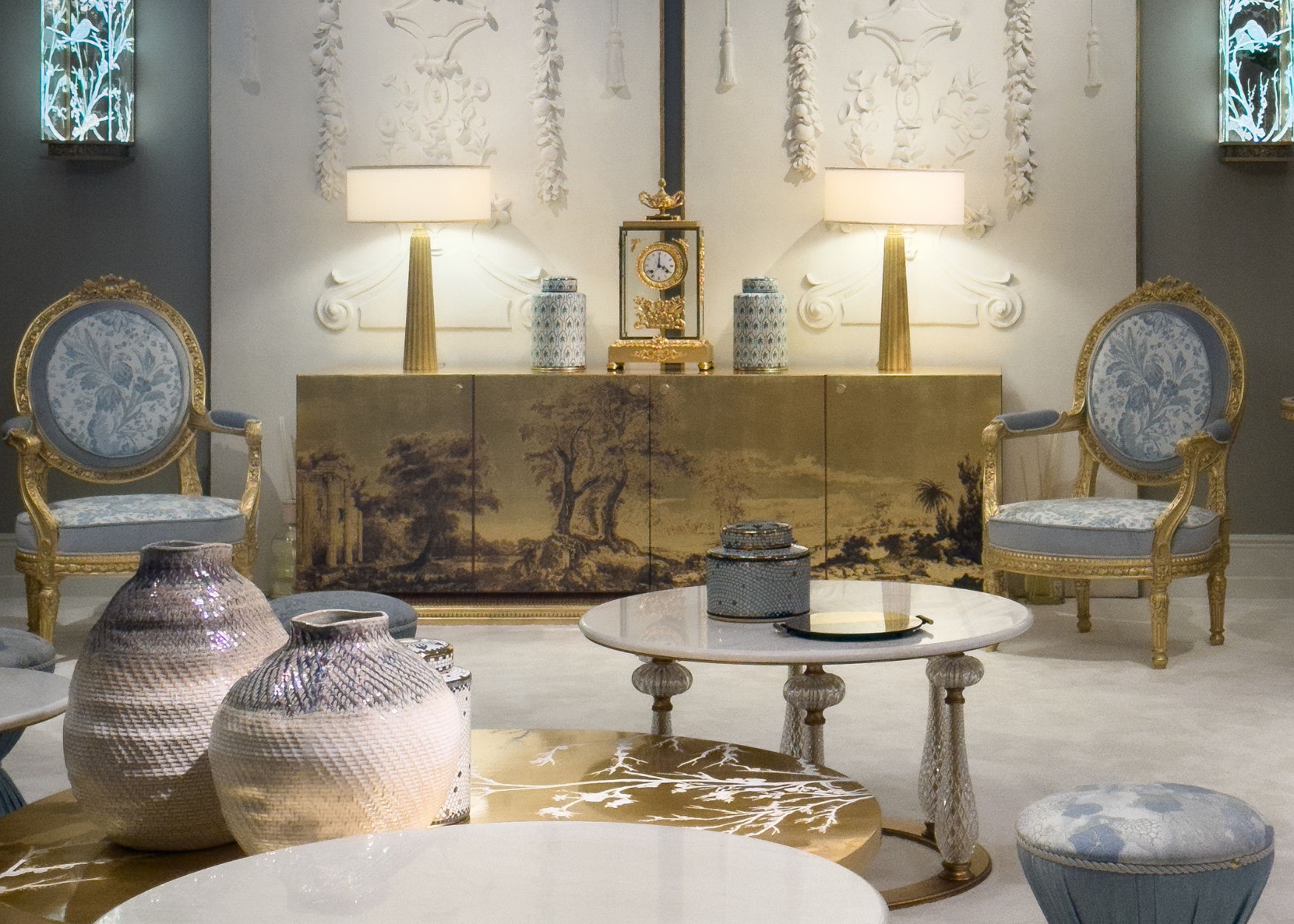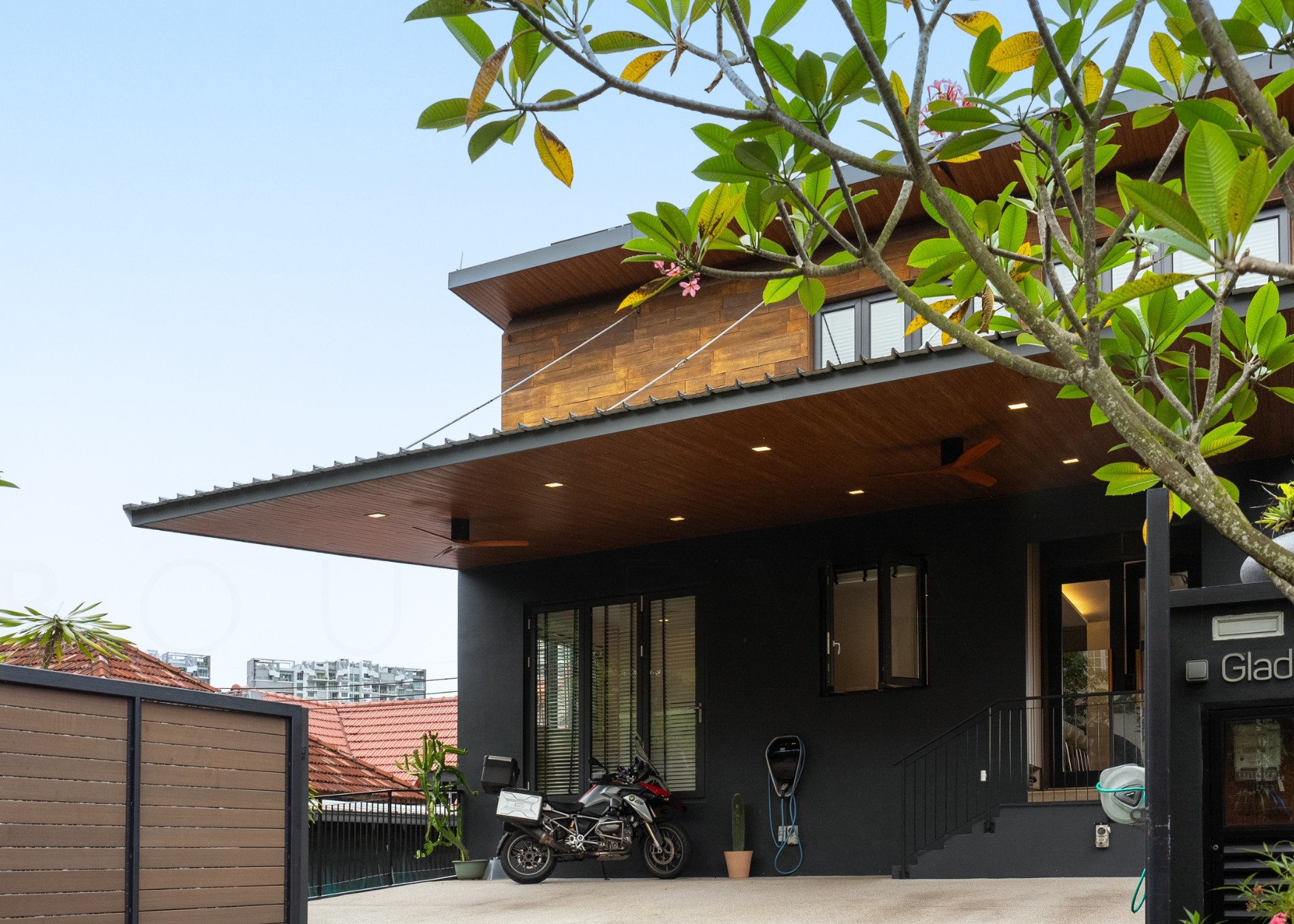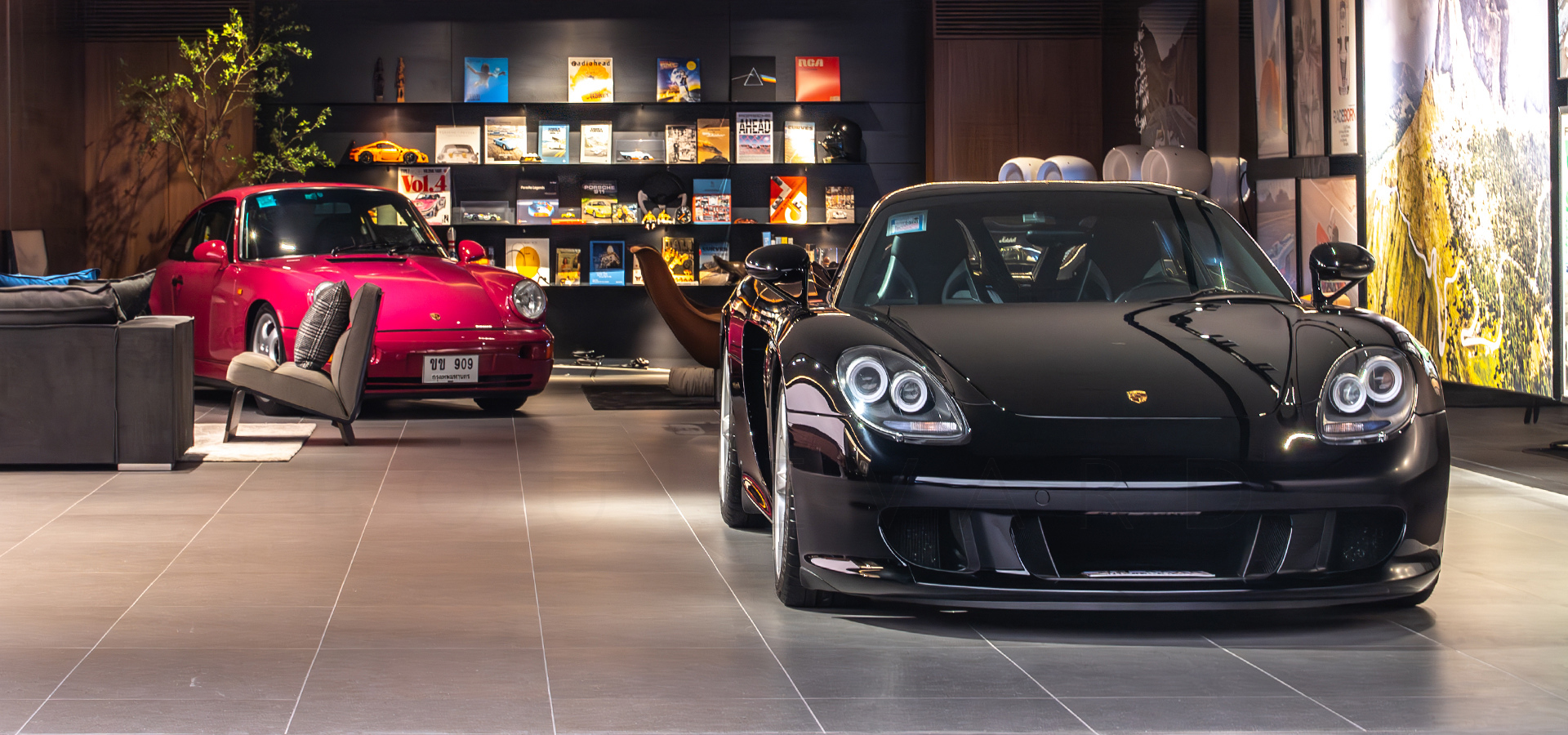The interview: Alice Ballabio on shaping Oniro Group’s portfolio of iconic brands, where every house tells a different story
by Hamish McDougall
Photography by Jin Cheng Wong
Founded in 1985 by architect and designer Livio Ballabio and other partners, Oniro Group has grown into a powerhouse in Italian luxury interiors. The group is home to its own brand, Jumbo Collection, and has built an impressive portfolio through licensing agreements with fashion houses including Roberto Cavalli Home Interiors, Etro Home Interiors and Gianfranco Ferré Home. More recently, Oniro has further expanded with the acquisition of the storied Baleri Italia, known for its postmodern spirit and collaborations with Philippe Starck and Angelo Mangiarotti.
At the heart of Oniro’s philosophy is the belief that each brand should retain its distinct identity while being reinterpreted through contemporary design. From Cavalli’s bold glamour to Etro’s vibrant heritage, from Ferré’s modern luxury to Jumbo’s classic craftsmanship, the group brings a unique emotion to each collection. Now, with new collaborations on the horizon—including an upcoming launch with jewellery and watchmaker Jacob & Co.—Oniro is continuing to redefine how fashion, design, and craftsmanship intersect in the home.
Boulevard sat down with Alice Ballabio, Oniro Group’s creative strategist, to explore how she approaches design across such a diverse portfolio of brands.
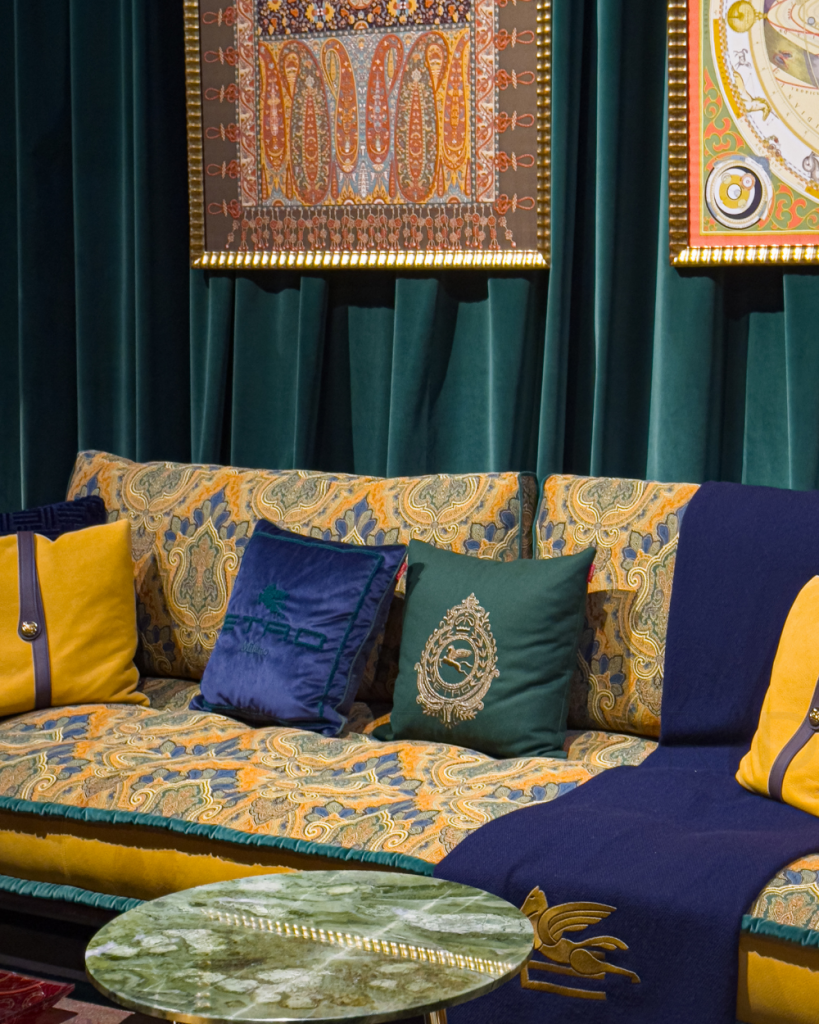
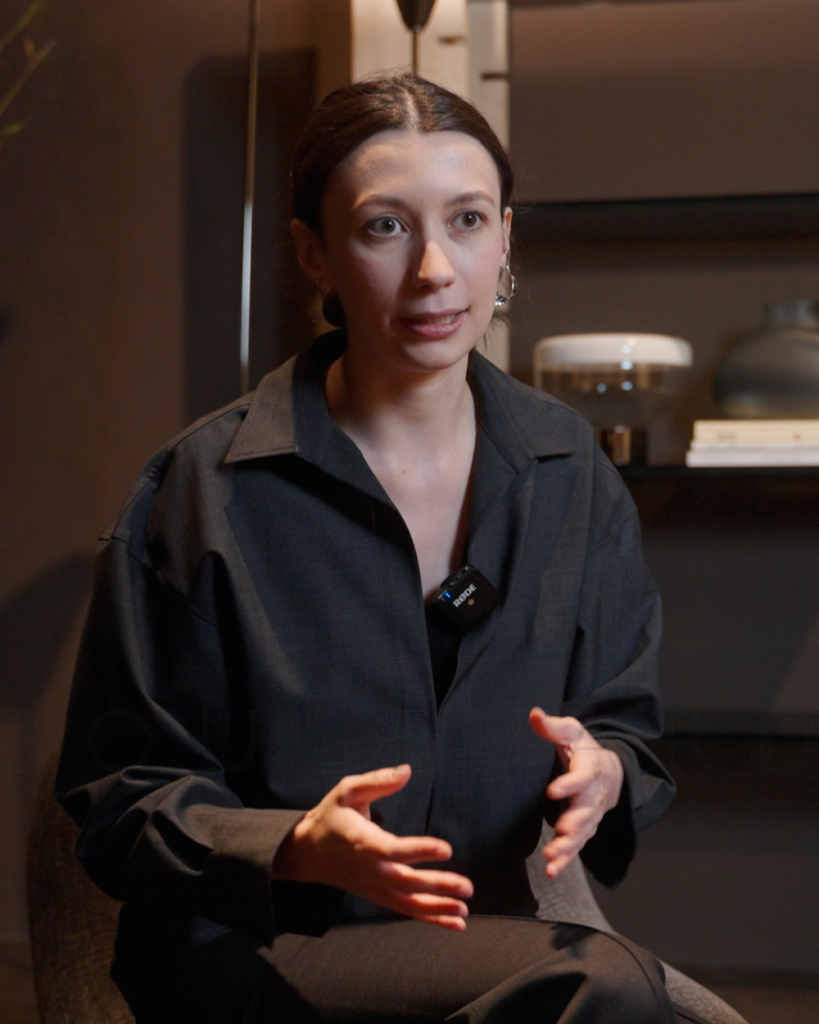
Left: Etro Home Interiors Collection. Right: Alice Ballabio, Oniro Group’s creative director and strategist. Top: ‘Bouquet’ chair and ‘Idylle’ sideboard by Jumbo Collection.
Boulevard: You work across different brands and collaborations. Can you walk us through how you approach the creative process with your fashion house partners, like Roberto Cavalli Home Interiors, Gianfranco Ferré Home and Etro Home Interiors?
Alice Ballabio: Since the brands we license are so different from one another, they naturally create very different worlds—and working with each is a unique process.
With Etro Home Interiors, for example, we began with the brand’s heritage and culture. We drew from the elements that have made Etro distinctive from the beginning, such as the bamboo motifs and other iconic signs.
With Roberto Cavalli Home Interiors, the inspiration for the 2025 collection came from the Nevada desert. The creative director has a passion for Las Vegas, so we translated that energy into the collection—the colours, the sand tones, and the sense of place.
With Gianfranco Ferré Home, the approach is slightly different. There isn’t such a strong historic line to follow, so we look both at the brand’s past and at current trends. It’s about giving the collection its own identity: glamorous, but also contemporary and modern. We use prestigious materials, reflecting the luxury positioning, and this year we’ve emphasised glamour more strongly than in the past, while still keeping everything very balanced and contemporary.
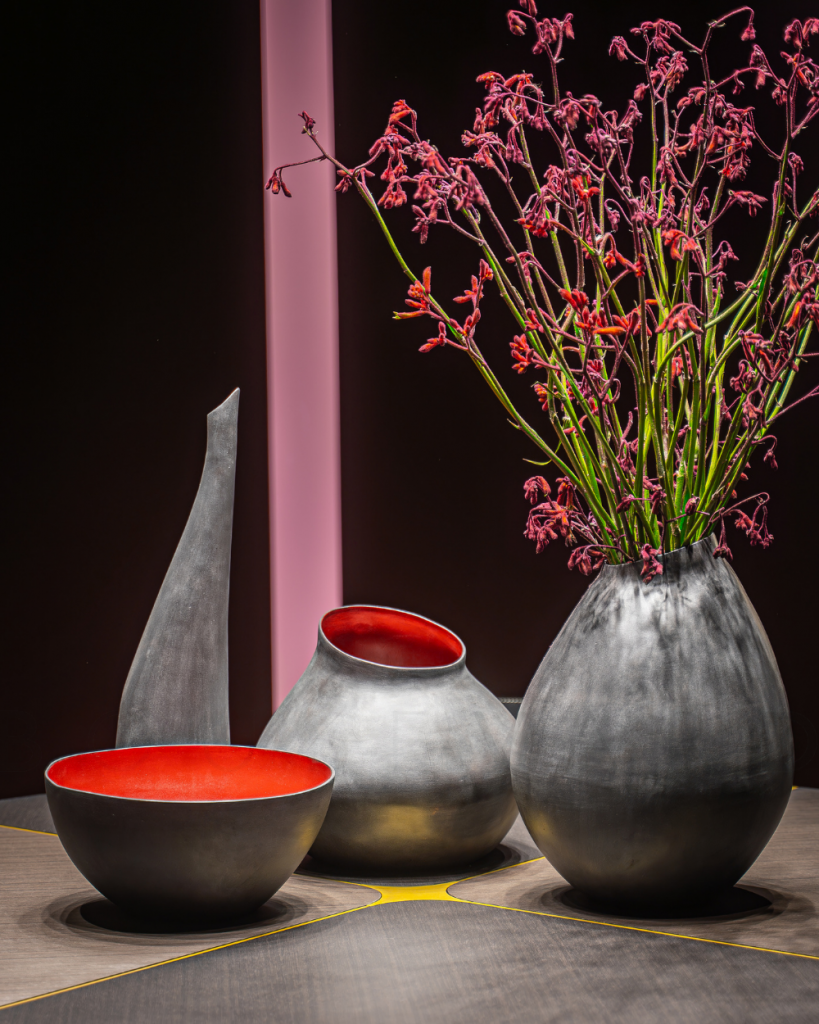
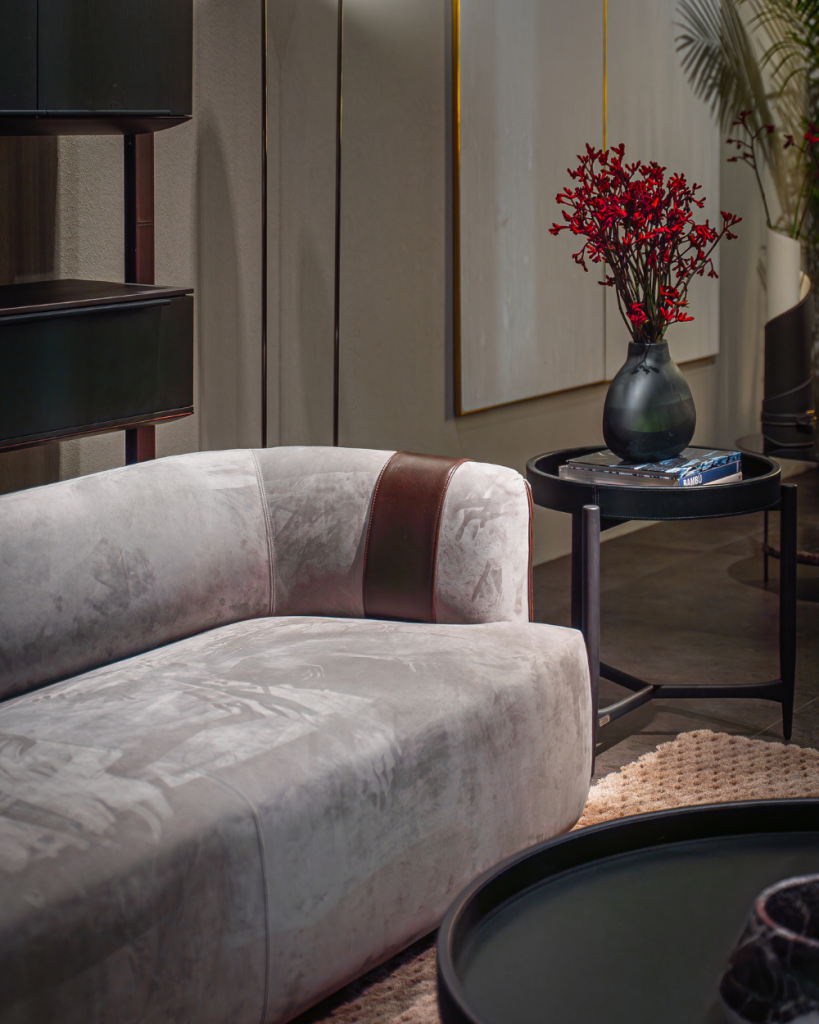
Left: ‘Circe’ Murano glass vase collection. Right: ‘Zurich’ sofa. Both by Gianfranco Ferré Home.
Blvd: Travertine has always been a signature element, but I understand there’s also a love for local marbles, which you’ve now introduced into the collection. Can you tell us about that?
Ballabio: This year we brought in two beautiful marbles, Rosso Levanto and Tundra Grey. Each year we like to add new materials, taking inspiration from trends in colours and patterns. For us, prestigious materials are at the heart of a luxury brand, so it’s something we always explore.
Blvd: When it comes to your in-house brand, Jumbo Collection, the aesthetic is very different—it looks very classic. How do you reinterpret or evolve new collections while staying true to that classic heritage?
Ballabio: For Jumbo Collection, our approach is completely different. We look to the past, drawing inspiration from different periods and bringing those pieces back to life with our own interpretation of colours and finishes to make them more contemporary. It’s inspiring because you rediscover arts and crafts from earlier times. We work with some of the best artisans, many of whom have practised their craft since childhood. They sculpt wood, carve marble, and keep these traditions alive — and that makes the process incredibly beautiful.
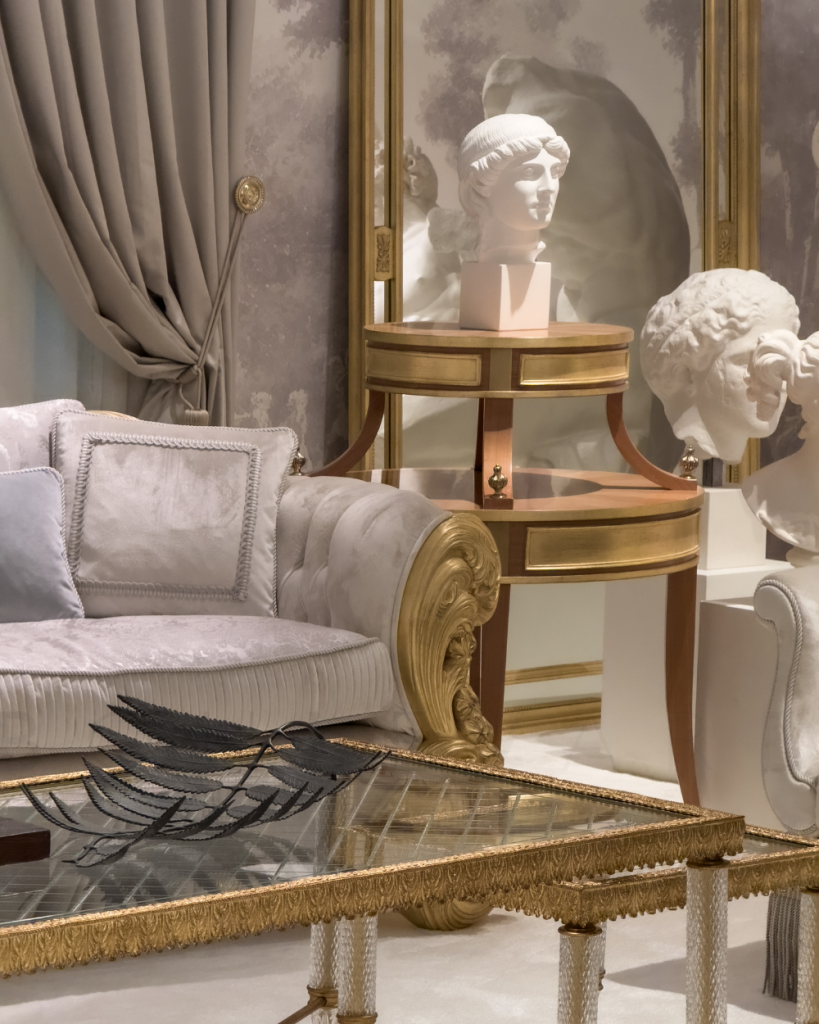
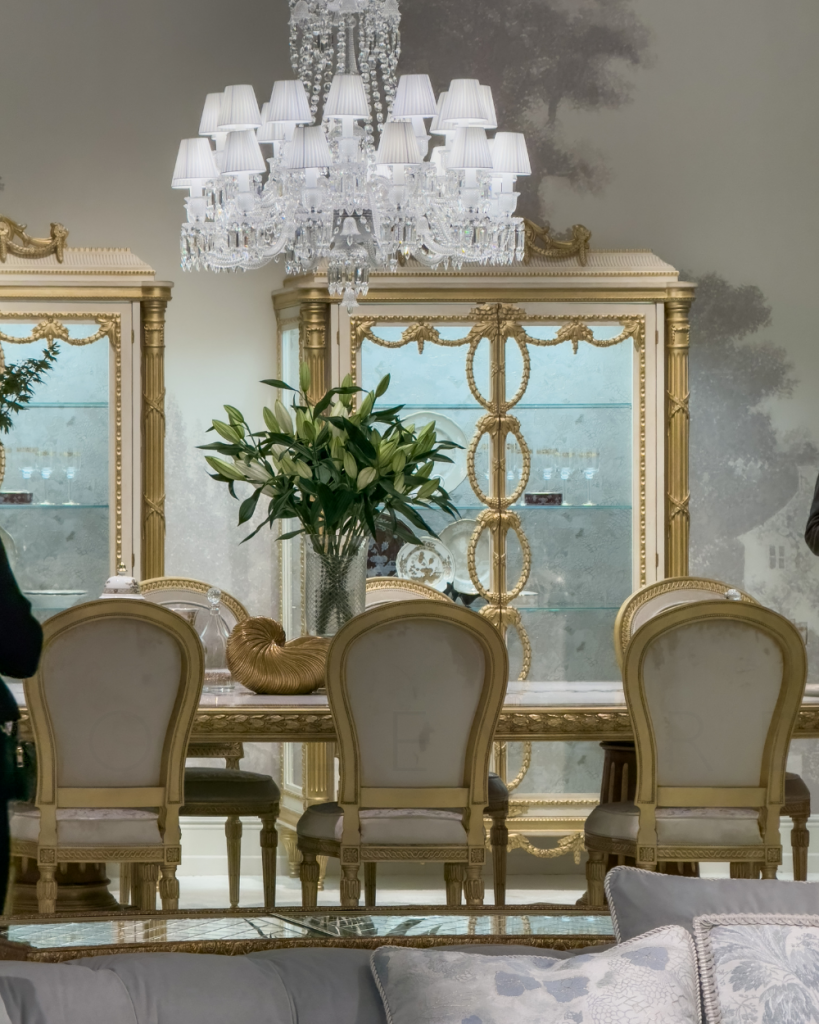
Left: ‘Rocaille’ four-seater sofa. Right: ‘Antoinette’ chairs and ‘Apollon’ dining table. Both by Jumbo Collection.
Blvd: You’ve also just acquired a new brand, Baleri Italia. Can you walk us through your approach to its history and its current collection?
Ballabio: Baleri Italia is definitely the toughest brand right now. Relaunching a brand is never easy, but it has a strong history that we want to honour and bring forward. Of course, you can’t simply recreate the 80s — the world has changed too much. So our work is to respect what it was while moving step by step to bring it into 2025.
This is very different from our licensing brands or even Jumbo Collection, where we work with internationally renowned designers. Baleri Italia also has an incredible heritage, having collaborated with names like Philippe Starck and Angelo Mangiarotti. This year we’re working with Arik Levy, who already has a history with Baleri Italia, and Odoardo Fioravanti, an Italian designer who has won the Compasso d’Oro award. I think Odoardo, in particular, really embodies the spirit of Baleri Italia — contemporary, rational, postmodern, and playful. Relaunching it is challenging, but also very exciting.
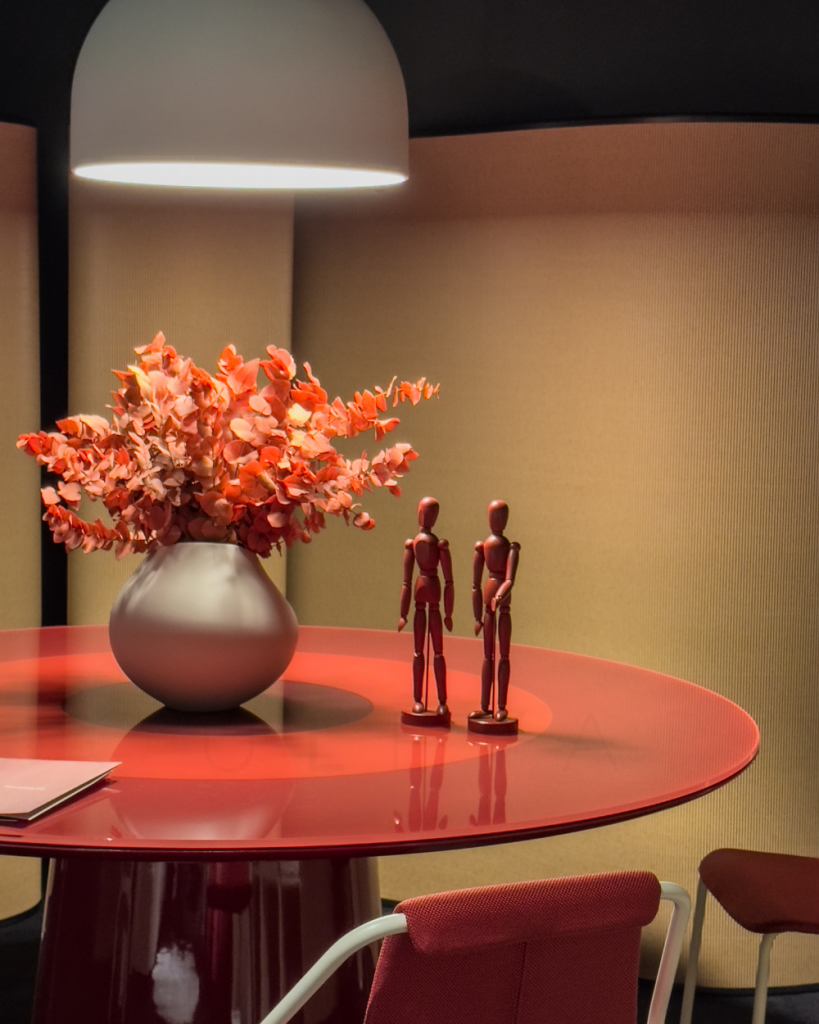
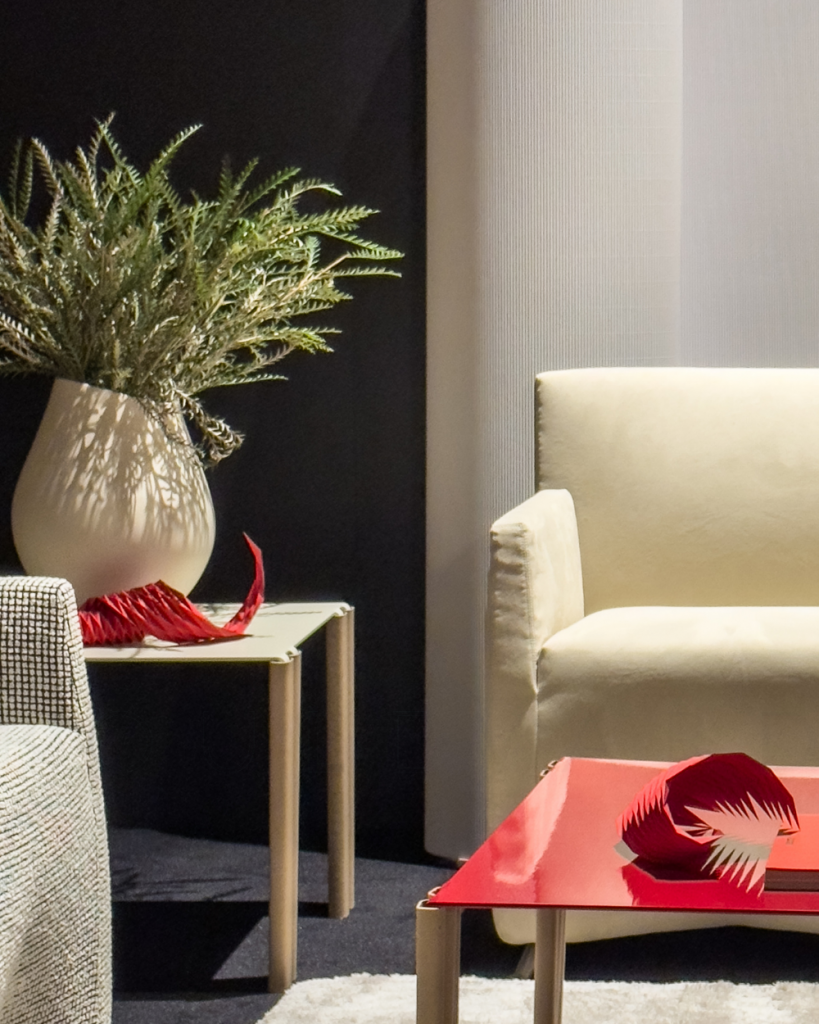
Left: ‘Roundel’ table and ‘Donna’ chairs. Right: ‘InBallo’ low table. Both by Baleri Italia.
Blvd: What’s the mood of the current collections—or does each brand have its own emotion?
Ballabio: Every brand conveys a different emotion. Roberto Cavalli Home Interiors should feel bold and precious, almost like being embraced by something powerful. Etro Home Interiors is about colour and excitement, giving out an energetic spirit. Gianfranco Ferré Home is more about feeling at home—relaxed, luxurious, and masculine. Jumbo Collection and Baleri Italia each have their own character as well, very distinct from the others. My role is to bring out those emotions and let each brand express itself fully.
Blvd: Looking ahead, you’re working on the launch with watchmaker Jacob & Co. That must be a whole new challenge—with fashion brands you have materials, prints, and textiles to draw from, but with a watch and jewellery brand you’re translating something small into an entire space. How are you approaching that?
Ballabio: It’s very interesting because, even though Jacob & Co isn’t a fashion brand, the world of watchmaking brings its own aesthetics and materials. Think of details like crocodile leather from the straps, or the shapes and finishes unique to their timepieces—these elements inspire us just as much as textiles or prints would with a fashion house.
Jacob & Co has a very distinctive identity, unlike any other watch brand, and the furniture collection will reflect that, translating those details into the home. It will be a completely different brand from the ones we already have, which excites us—we don’t want slices of the same cake, we want entirely different cakes.
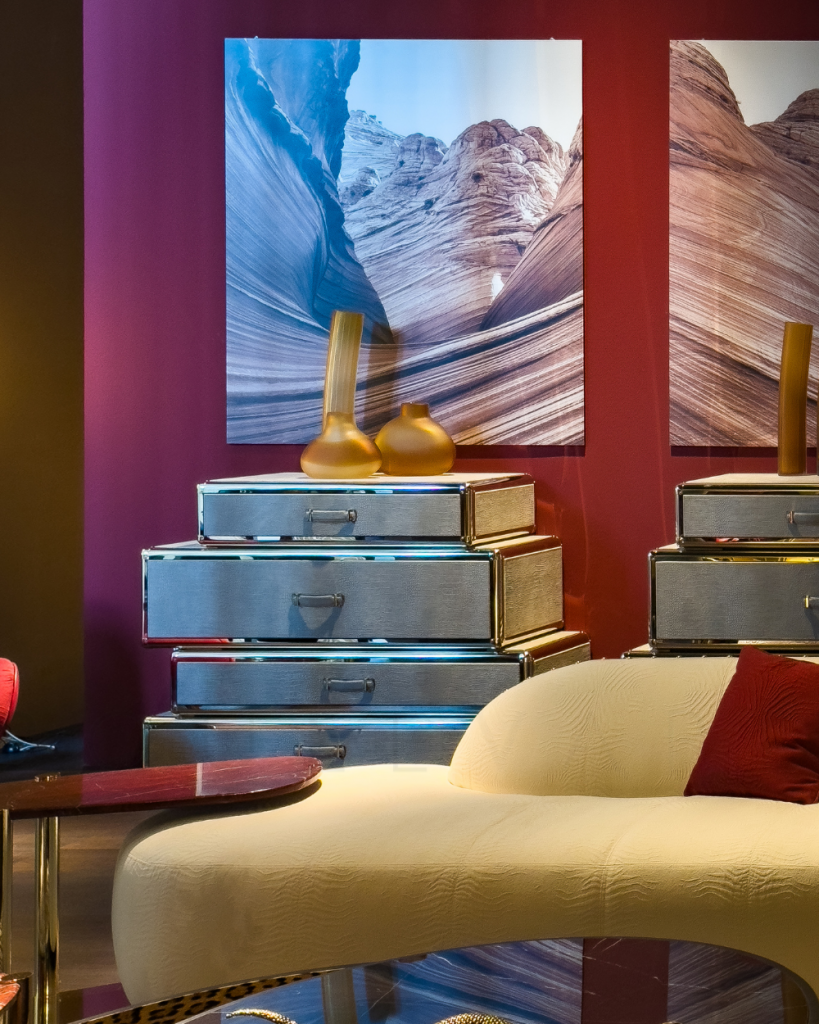
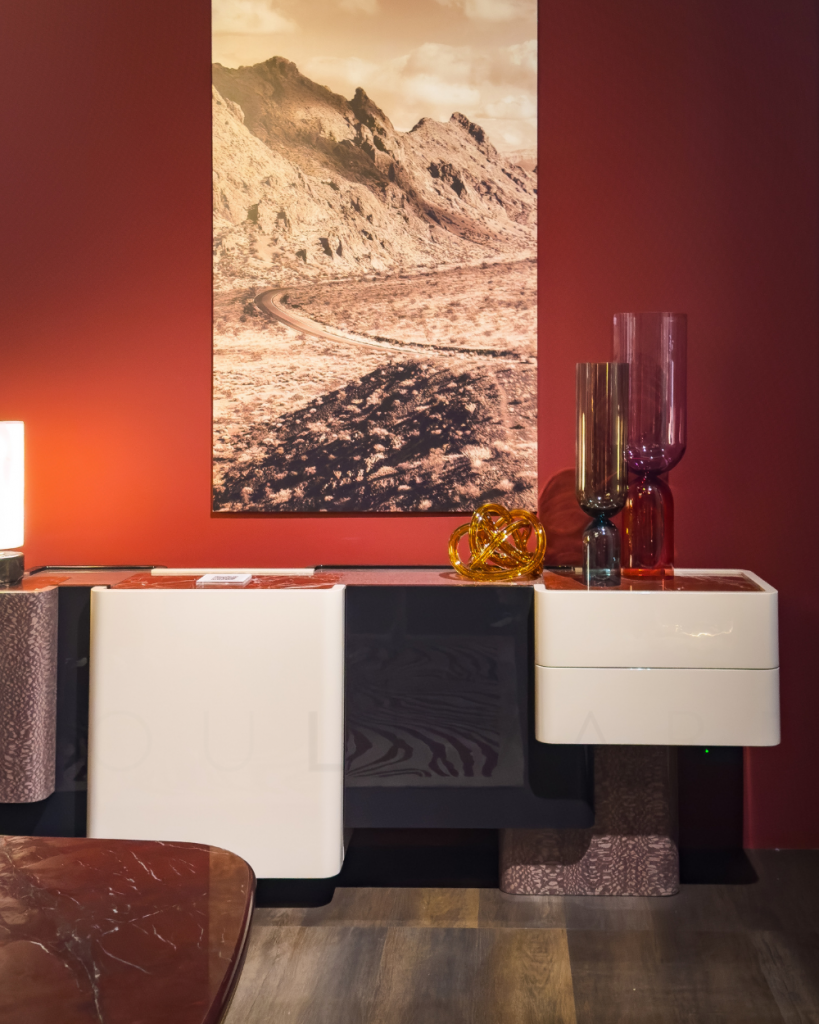
Left: ‘Fly Case’ drawer unit. Right: ‘Misitu’ sideboard. Both by Roberto Cavalli Home Interiors.
Blvd: What are you still learning in design?
Ballabio: I learn something every day. I’m still very young—I studied architecture, design, and creative direction—but learning never stops. I continue to learn a lot from my father, one of the owners of Oniro Group, who is both an architect and designer, and I try to follow his steps.
Working across so many different brands also gives me the chance to meet incredible people. Recently with Jacob & Co, or before with Fausto Puglisi at Roberto Cavalli and Marco De Vincenzo at Etro, I’ve had the opportunity to learn from brilliant creative minds. For me, it still feels like just the beginning, and I’m very happy about that.
This is part of a series of interviews conducted at Salone del Mobile—go further with the 2025 edition of the Milan Design Week.
Read next:
